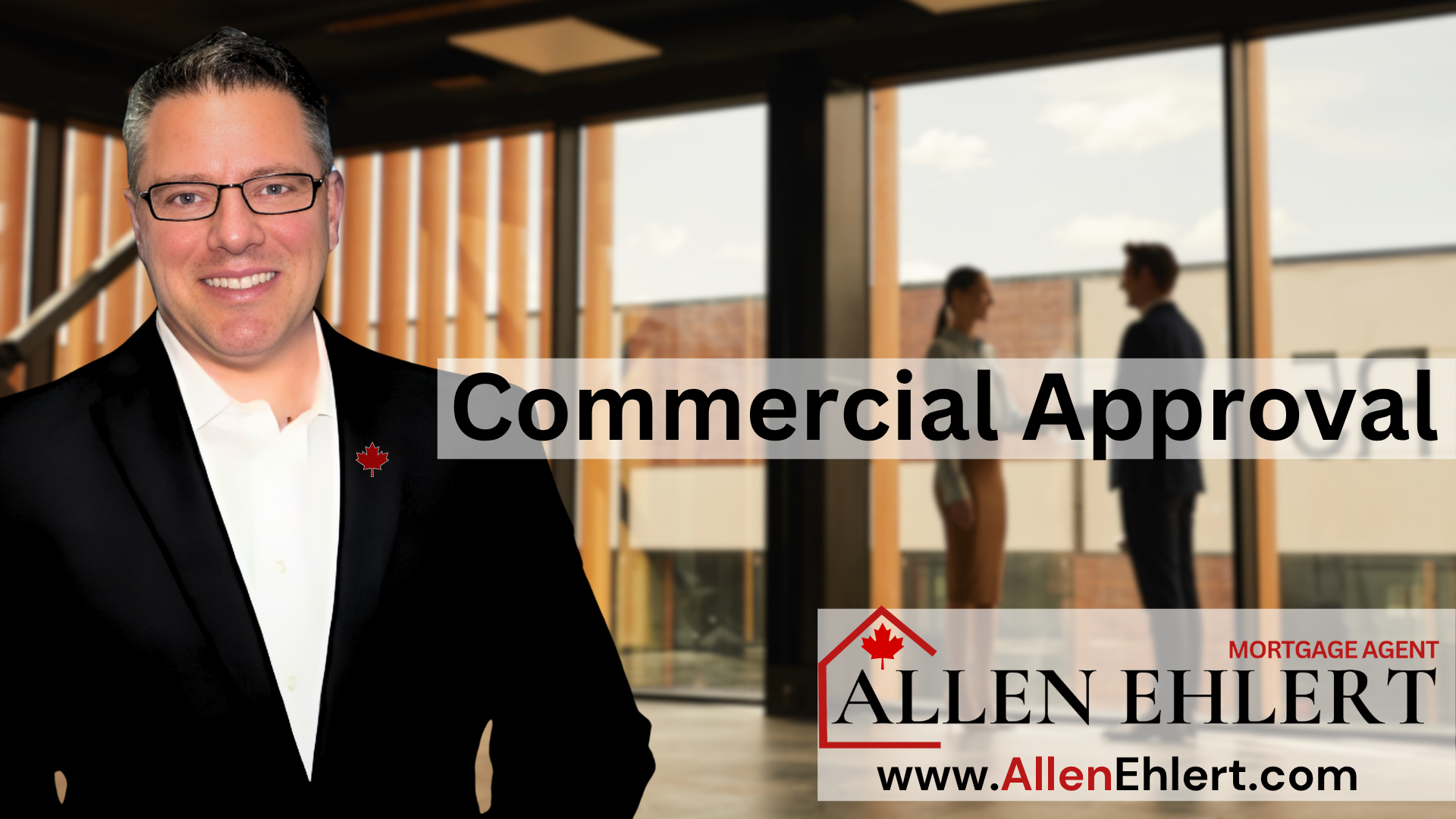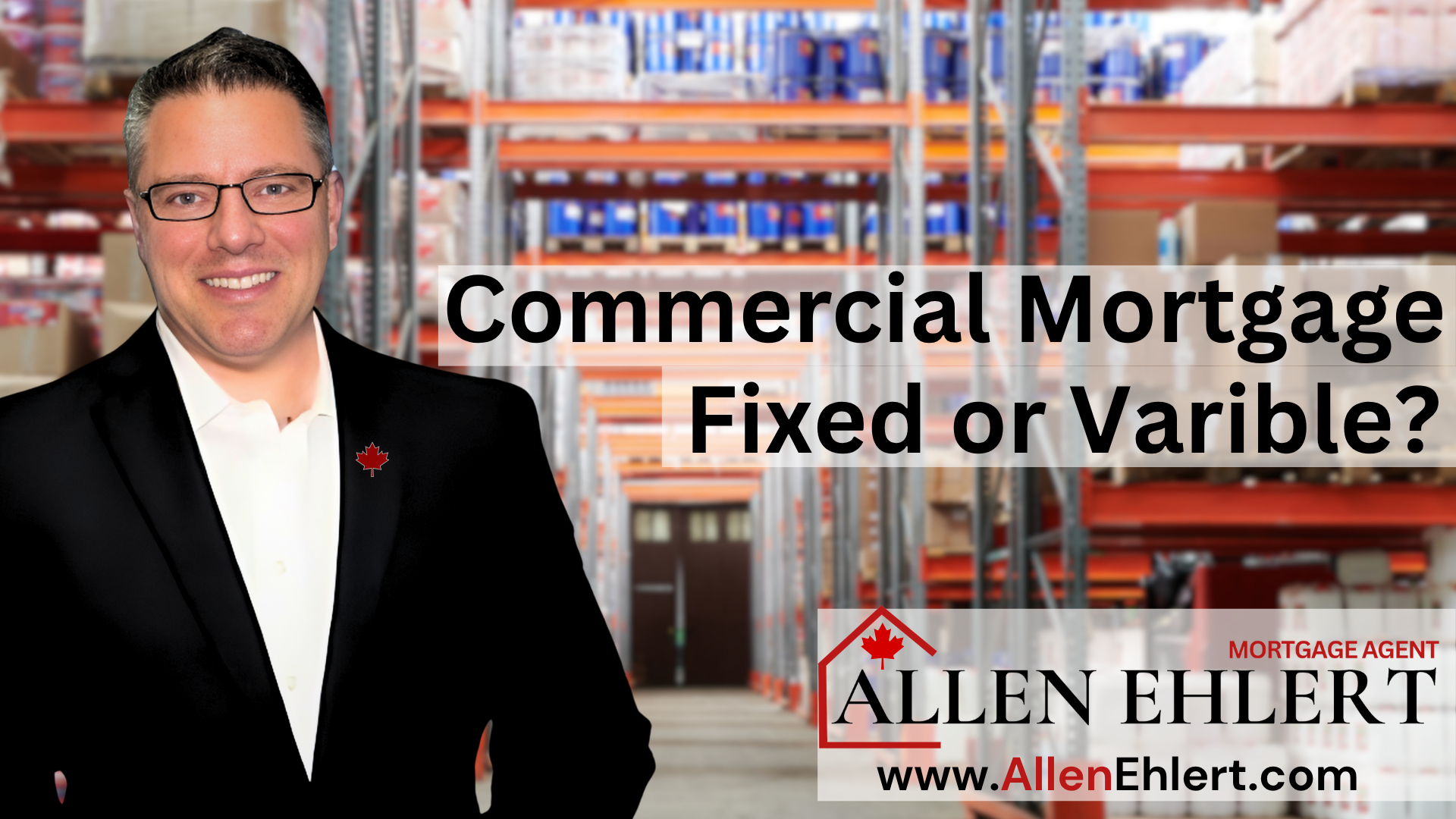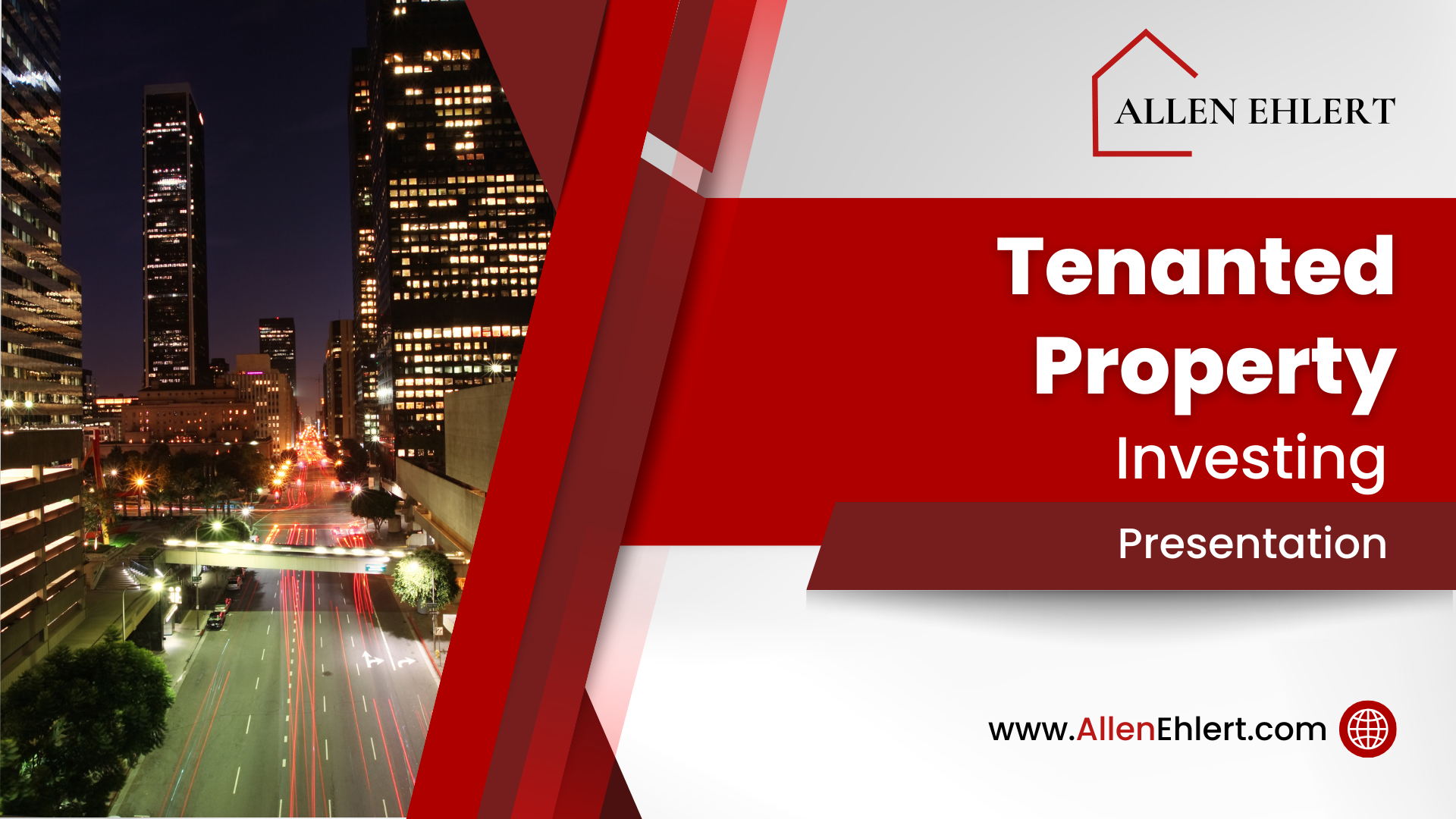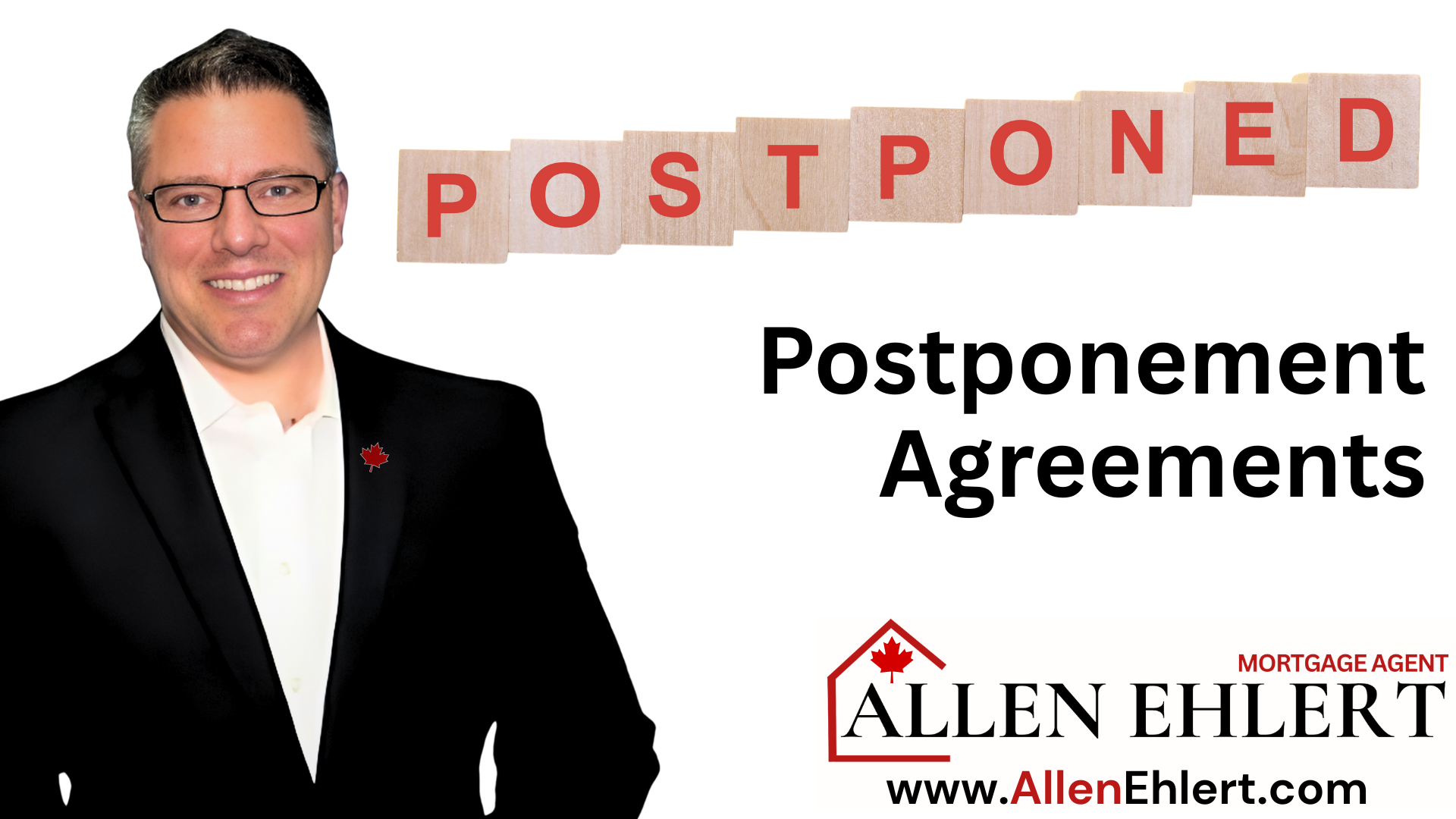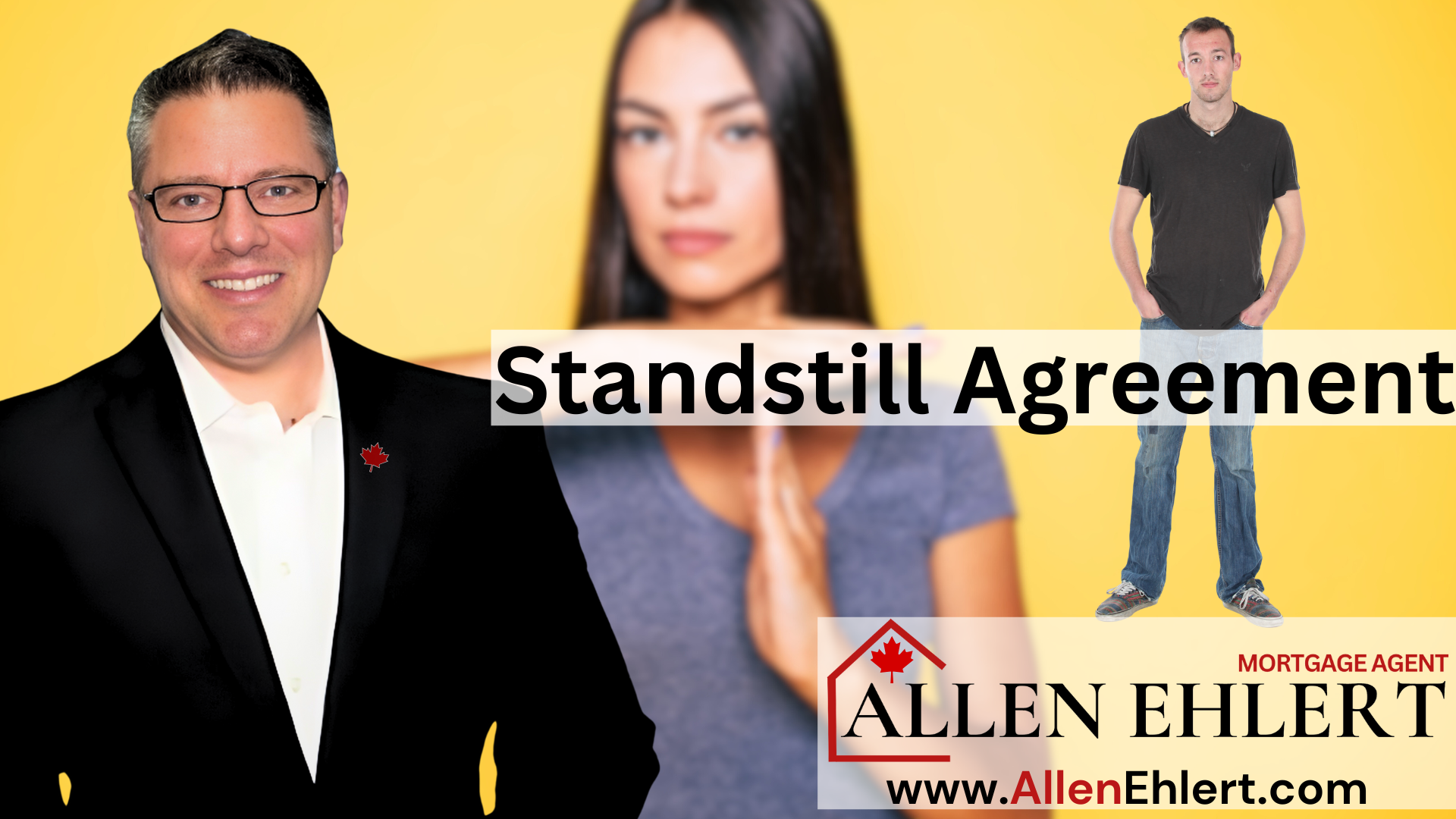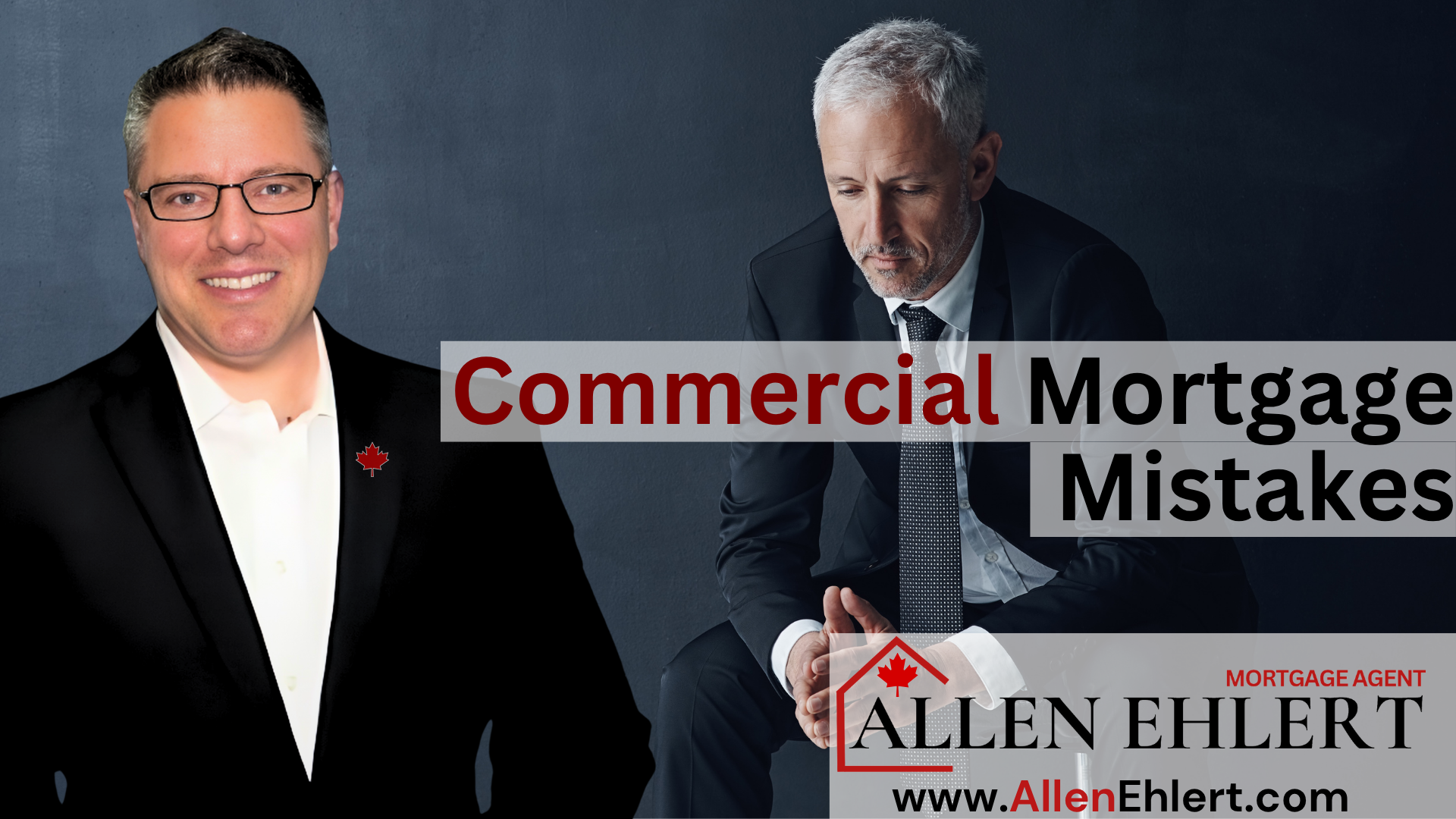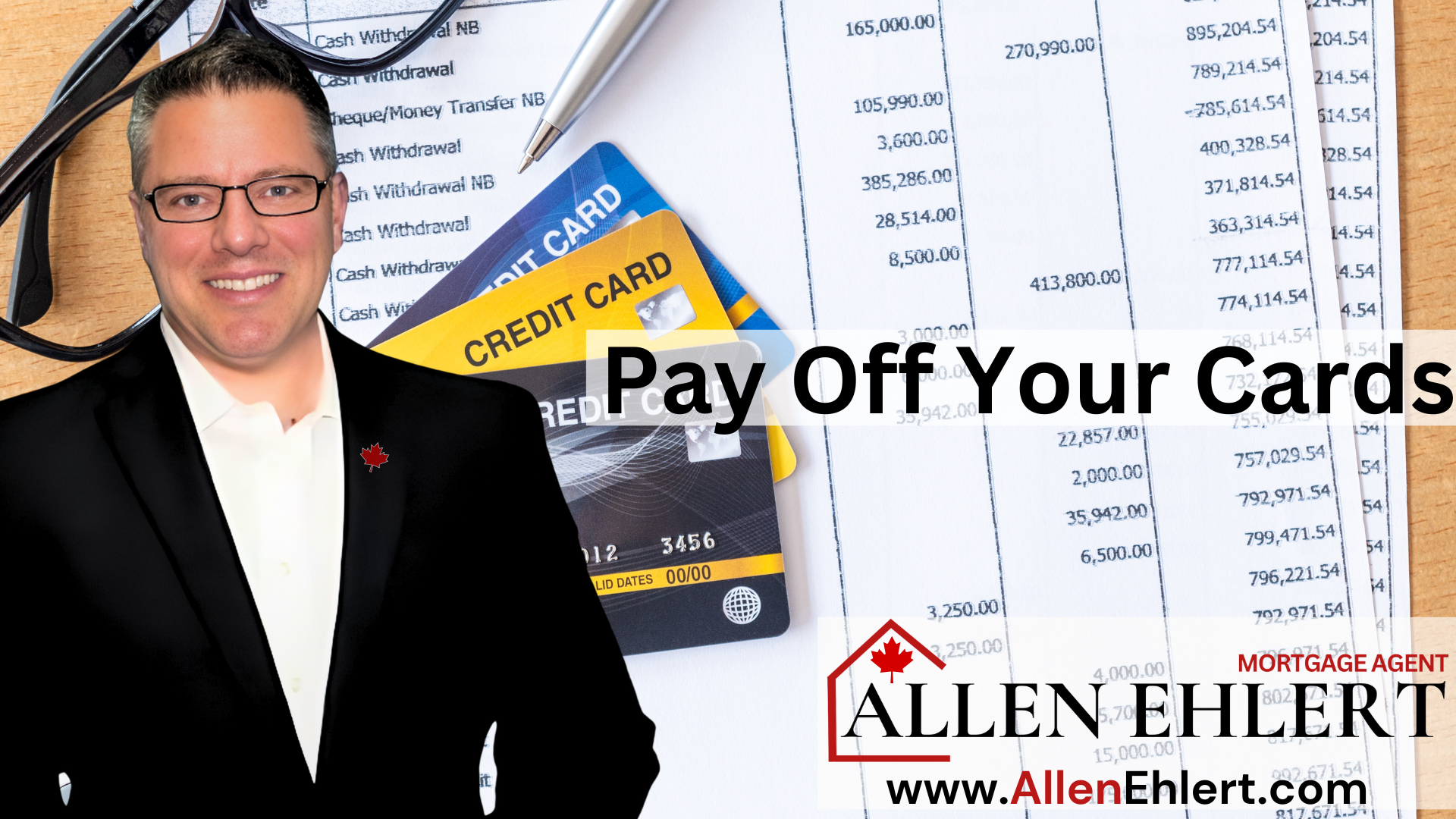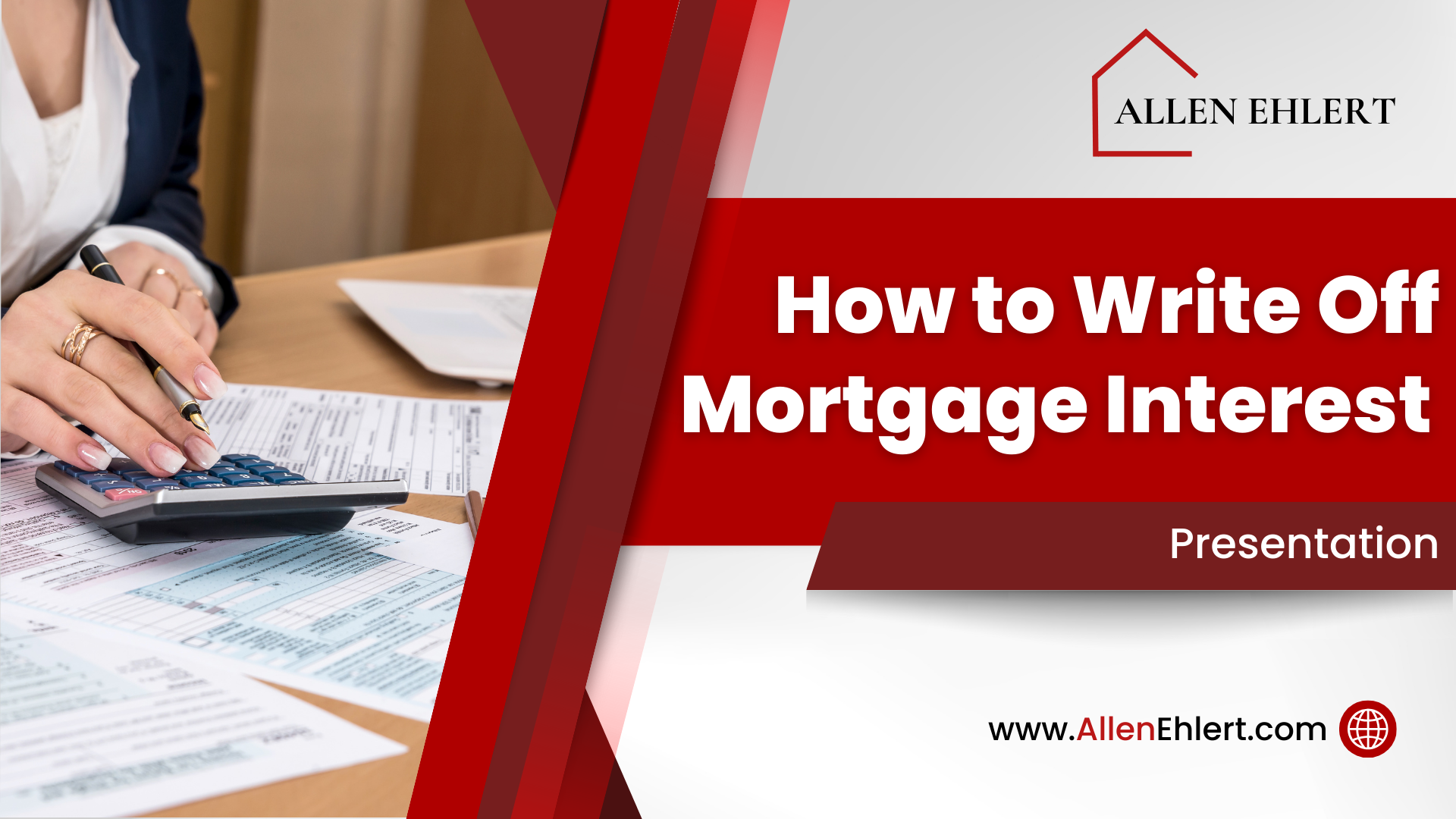… The Real Cost of Leveling Up, what you need to know
You’ve been building your portfolio, collecting rent, and watching your equity grow. Then, you spot it—a six-unit apartment building with long-term tenants and stable cash flow. You’re excited. You call your mortgage agent (hopefully me), and you start running the numbers.
Then you hear it:
“Because it’s six units, this will be a commercial deal.”
And that’s when the surprise hits. Not just a higher rate, but higher fees across the board.
If you’ve ever wondered why commercial mortgage fees seem so steep compared to residential, you’re not alone. But there’s a method to the madness—and knowing it can give you a major edge when planning your next move.
I will walk you through the differences between commercial and residential mortgage fees, explain what you’re paying for (and why), and show you how commercial lending can be a strategic growth tool, not just a pricier version of what you already know.
I’ll Be Sharing:
Breaking Down the Fees: Residential vs. Commercial
Why Commercial Lending Is More Expensive
Case Comparison: 4-Unit vs. 6-Unit Property
Why Commercial Lending Is a Strategic Tool
Story: First Commercial Purchase
Breaking Down the Fees: Residential vs. Commercial
Let’s start with the dollars and cents. On the surface, a mortgage is a mortgage—but once you cross into the commercial realm (typically five units or more, or anything owned in a corporation), everything costs more.
Here’s how the fees stack up:
| Fee Type | Residential Mortgage | Commercial Mortgage |
| Lender Fee | Often $0 with A-lenders | 0.25% – 1.0% of the loan amount |
| Broker Fee | $0 – $2,500 depending on deal complexity | $2,000 – $25,000+ depending on size and risk |
| Appraisal | $400 – $600 (standard residential appraisal) | $2,000 – $5,000+ (narrative, income-based) |
| Legal Fees | $1,000 – $1,500 (just your lawyer) | $3,000 – $8,000+ (both sides, corporate complexity) |
| Title Insurance | $300 – $500 | $1,000 – $3,000 |
| Environmental Report (ESA) | Not required | $2,000 – $3,500 (Phase 1, often mandatory) |
| Building Condition Report | Not required | $2,000 – $5,000 (may be required) |
| Inspection (Lender Site Visit) | Rarely charged | May apply ($500 – $1,500) |
In short, residential deals are streamlined and subsidized by the system. Commercial deals? They’re case-by-case, risk-based, and loaded with due diligence.
Why Commercial Lending Is More Expensive
Let’s talk about the why. These aren’t just random fees—lenders don’t wake up in the morning looking to empty your wallet. Here’s what’s really going on:
Commercial Risk = More Work
In residential lending, underwriting is mostly automated. Your income, credit score, and debt ratios go into a system, and boom—you’re approved.
Commercial lending? Not so simple. Lenders need to look at:
- Property cash flow (rents, expenses)
- Debt service coverage ratio (DSCR)
- Tenant leases and vacancies
- Zoning, environmental risk, and market stability
That means appraisers, environmental engineers, lawyers, and credit analysts are all brought in—and that costs money.
No Mortgage Insurance Safety Net
Residential lenders are protected by CMHC, Sagen, or Canada Guaranty. If a borrower defaults, they’re covered.
Commercial lenders, unless it’s a CMHC-insured commercial deal (which is rare and complex), carry all the risk themselves. So they charge accordingly.
Corporate Complexity
When a property is owned by a corporation or holding company, the legal structure becomes more intricate. Documents need to be drafted carefully, multiple parties may be involved, and extra legal protections are put in place.
Case Comparison: 4-Unit vs. 6-Unit Property
Let’s walk through a real-world scenario to highlight the difference.
Property A: 4-Unit Residential Rental in Toronto
- Value: $1,000,000
- Ownership: Personal name
- Residential lender, 5-year fixed at 5.29%
- Appraisal: $500
- Legal: $1,200
- No lender fee, no broker fee
- Total closing fees: approx. $1,700
Property B: 6-Unit Apartment in the Same Area
- Value: $1,200,000
- Ownership: Holding company
- Commercial lender, 5-year fixed at 7.89%
- Appraisal: $3,000 (income-based)
- Environmental Report: $2,500 (mandatory Phase 1)
- Legal: $5,000 (includes lender’s lawyer)
- Lender Fee: 0.5% = $6,000
- Broker Fee: $5,000
- Total closing fees: approx. $21,500
That’s a $20,000 difference—just in setup costs.
Why Commercial Lending Is a Strategic Tool
Here’s the thing: commercial lending isn’t just a more expensive version of residential. It’s a different game entirely—and one that lets you play at a higher level.
When used strategically, commercial lending gives you:
- Access to larger-scale investments (5+ unit buildings, mixed-use, commercial plazas)
- Financing structures based on cash flow, not just personal income
- The ability to build inside a corporate structure, protecting your liability
- Flexible options for growing portfolios, especially when you’ve maxed out residential lenders
Yes, the upfront costs are steeper. But they’re not just fees—they’re the price of entering the big leagues. And once you understand the mechanics, you can make the fees work for you.
How Realtors and Clients Can Apply This
For Realtors:
- When your client wants to buy a sixplex or more, prep them for commercial lending terms—and costs.
- Use the 4-unit vs. 6-unit example to help set expectations early.
- Bring in a mortgage agent early to reduce surprises and delays in the financing condition.
For Clients (Investors):
- Build in at least 2–3% of the purchase price for closing costs on commercial deals.
- Get a prequalification with a commercial lender before shopping.
- Don’t be afraid of the fees—ask what you’re getting in return.
Story: First Commercial Purchase
Darren had done four residential deals and was ready to level up. He found a beautiful 7-unit east of Toronto with a solid cap rate and minimal vacancy. We ran the numbers and he was in love.
Then we got into the fees. Between the environmental, the legal, the appraisal, and the lender fee, he was facing almost $18,000 in closing costs. At first, he hesitated.
But once we mapped out the net cash flow after financing, and projected his equity gains over five years, he saw the bigger picture. He closed on that property, and less than 18 months later, we refinanced it for a second purchase.
That one sixplex opened the door to a full portfolio. It was a turning point—not just a transaction.
Allen’s Final Thoughts
Commercial lending costs more—but that doesn’t make it a bad deal. It just means you’re moving into a space where risk, reward, and responsibility go up.
These fees aren’t roadblocks—they’re toll booths on the highway to bigger opportunities. If you plan for them, understand them, and work with the right people, they become just another part of a well-oiled growth strategy.
How I Can Help
As a mortgage agent, I help you look beyond the rate and into the full picture:
- I break down commercial fees so there are no surprises
- I structure your financing so the cash flow works despite higher costs
- I connect you with commercial-friendly lenders, appraisers, and legal pros
- I create custom comparison tools and branded presentations for investors and realtors
- I walk alongside you from pre-approval to final funding—and into your next deal
If you’re ready to stop thinking small and start thinking like a real estate business owner, I’m ready to help you make the leap—with your eyes wide open and your numbers dialed in.




